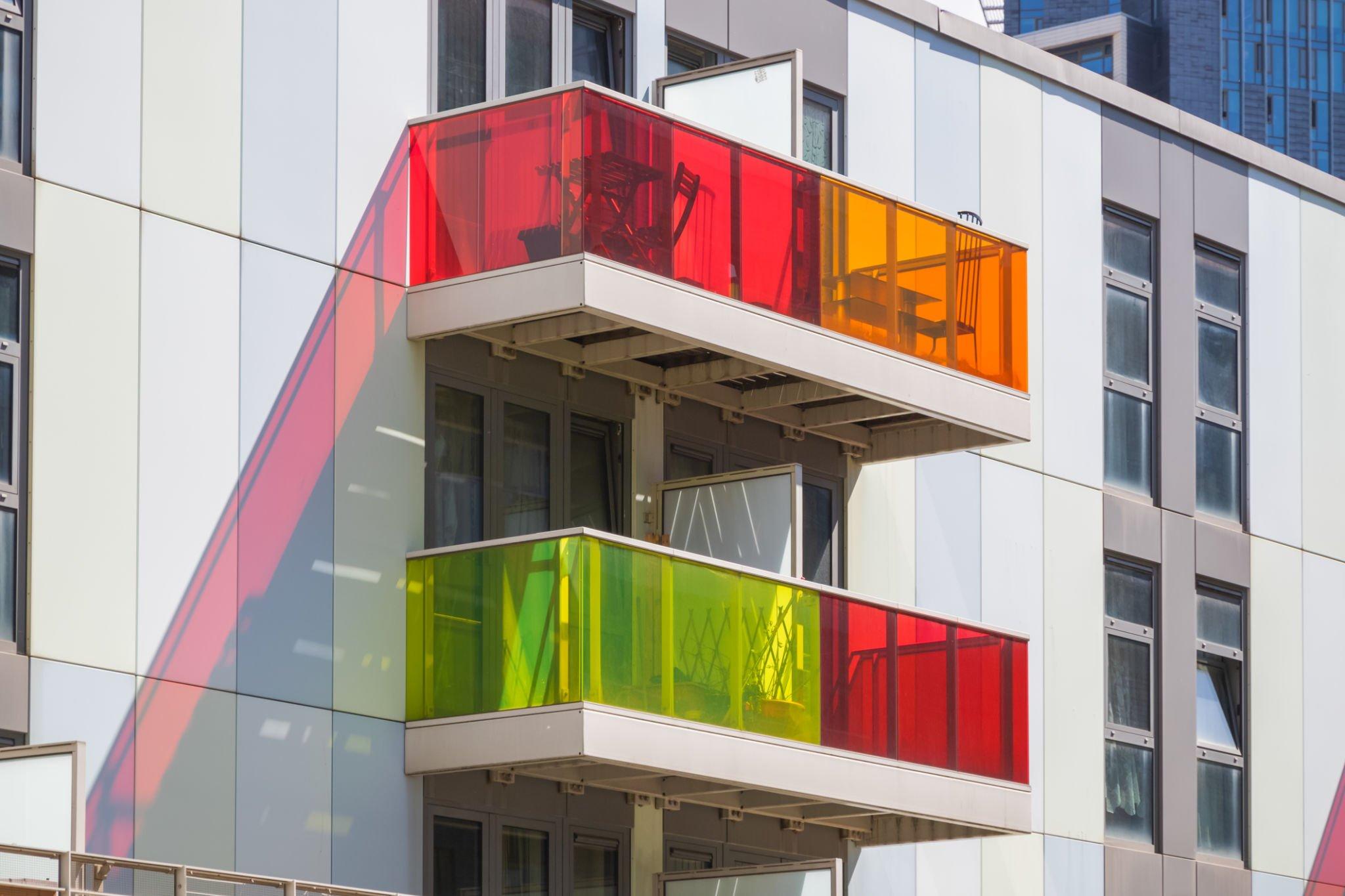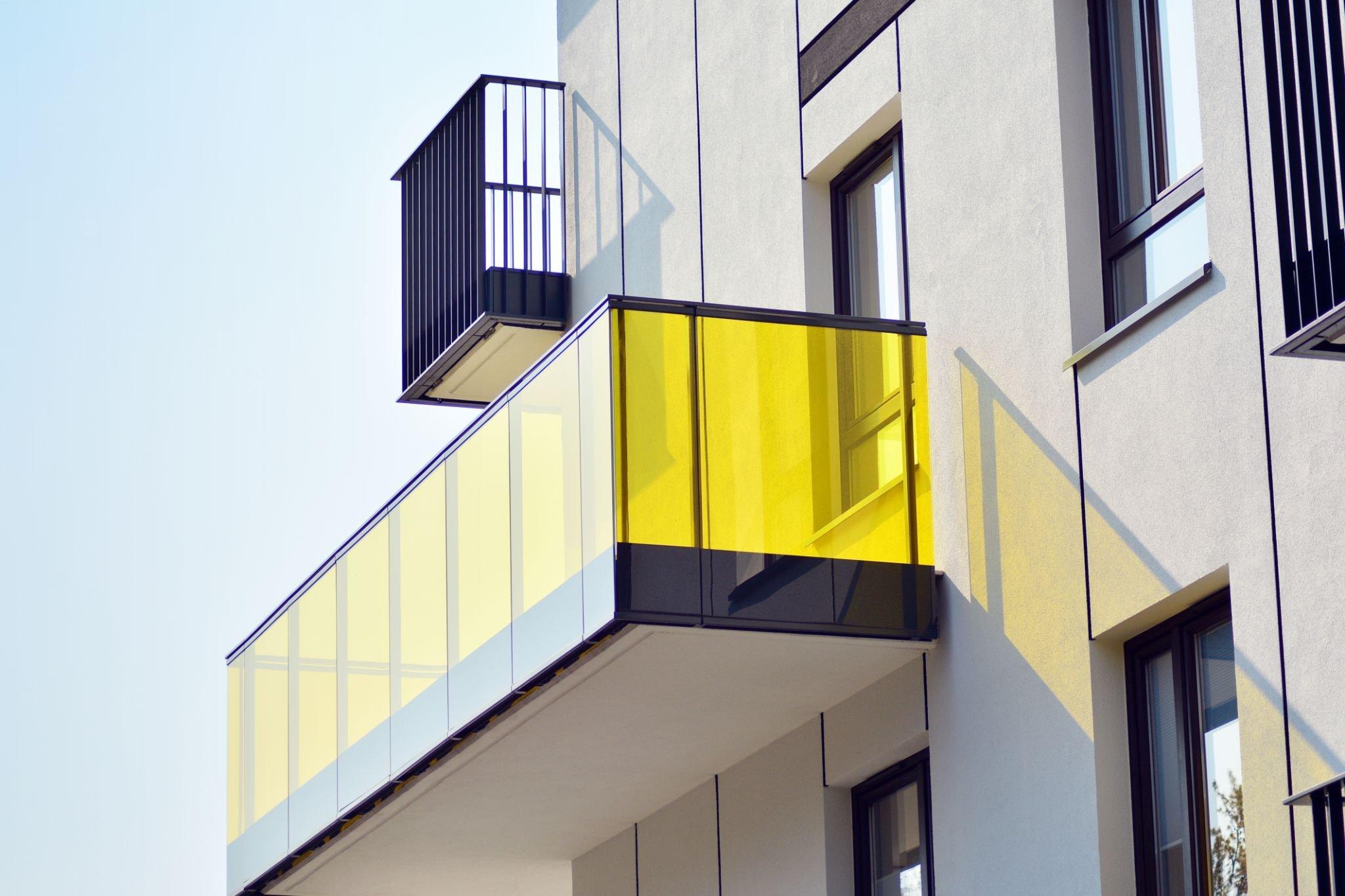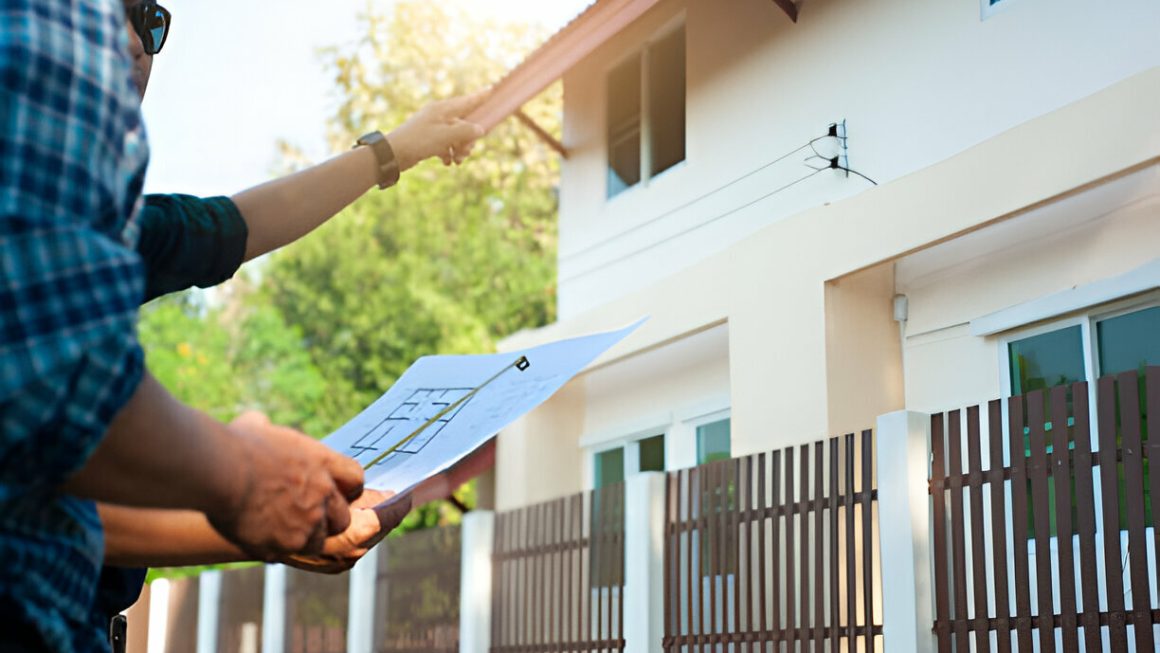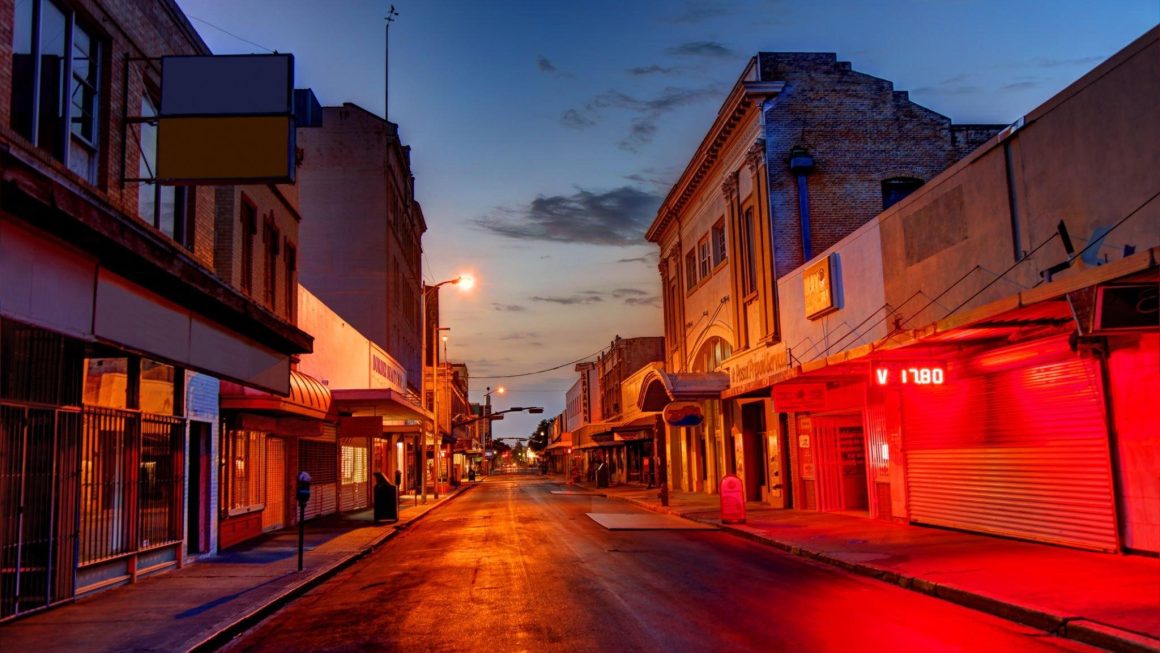The use of combustible cladding in high-rise buildings has been a major concern after several deadly fires in recent years. Many countries have initiated measures to replace such cladding with non-combustible materials.
Let us dive into the issue and understand the need and challenges of the cladding replacement for buildings above 18 meters.

Table of Contents
What is combustible cladding?
Combustible cladding is a type of material used to cover the exterior walls of buildings. It can be made of a variety of materials, such as aluminum composite panels (ACP), high-pressure laminate (HPL), and timber.
The cladding itself is not necessarily flammable, but the insulation material behind the cladding is often made of polyethylene, which can easily ignite and spread the fire.
Why is it dangerous?
Combustible cladding poses a serious fire risk in high-rise buildings. The Grenfell Tower fire in London in 2017, which killed 72 people, was caused by the use of combustible cladding.
The fire spread rapidly through the building’s exterior cladding, which was made of ACP panels with a polyethylene core. The incident brought the dangers of combustible cladding to the forefront and highlighted the need for more stringent regulations to ensure building safety.

What are the challenges of replacing combustible cladding?
Replacing combustible cladding in existing buildings is a complex and expensive process. It requires a thorough assessment of the building’s façade, the removal of existing cladding, the installation of new cladding, and the installation of new insulation material.
It is also a disruptive process, which can cause significant inconvenience to build occupants.
The cost of replacement is another major challenge. The cost of replacing the cladding on a single high-rise building can run into millions of dollars. Many building owners are reluctant to bear the cost of replacement, especially if their buildings are still under warranty.
In some cases, building owners have sued the manufacturers of the combustible cladding to recover the cost of replacement.
What are the solutions?
To address the problem of combustible cladding, many countries have introduced new regulations to ban the use of such cladding in new buildings and to require the replacement of combustible cladding in existing buildings.

In some cases, governments have provided funding to support the replacement of combustible cladding in privately-owned buildings.
The replacement of combustible cladding can also be an opportunity to improve the energy efficiency of buildings. Many non-combustible cladding materials, such as mineral wool and rock wool, offer better thermal insulation than traditional materials, which can reduce heating and cooling costs for building occupants.
Conclusion
The replacement of combustible cladding in high-rise buildings is a complex and expensive process, but it is necessary to ensure the safety of building occupants.
Governments around the world are taking action to address the problem, but building owners and manufacturers also have a role to play in taking responsibility for the use of combustible cladding.
The replacement of combustible cladding can also be an opportunity to improve the energy efficiency of buildings, which can have long-term benefits for both building owners and occupants.



